The XSF Flight Structure
Our Flight Structure is at the very core of XSF Ops. View Intro to Operations.
It ensures effective communication in conjunction with our Mumble Communication and makes accomplishing objectives that much easier.

XSF Flight
XSF Officers and their delegated Roles inside the Structure are integral to its function and gives Commanders that are willing to step up the opportunity to excel.
A Flight is comprised of different Elements; the Strike Group, the Assault Groups and the Tactical Wings.
Flight Elements
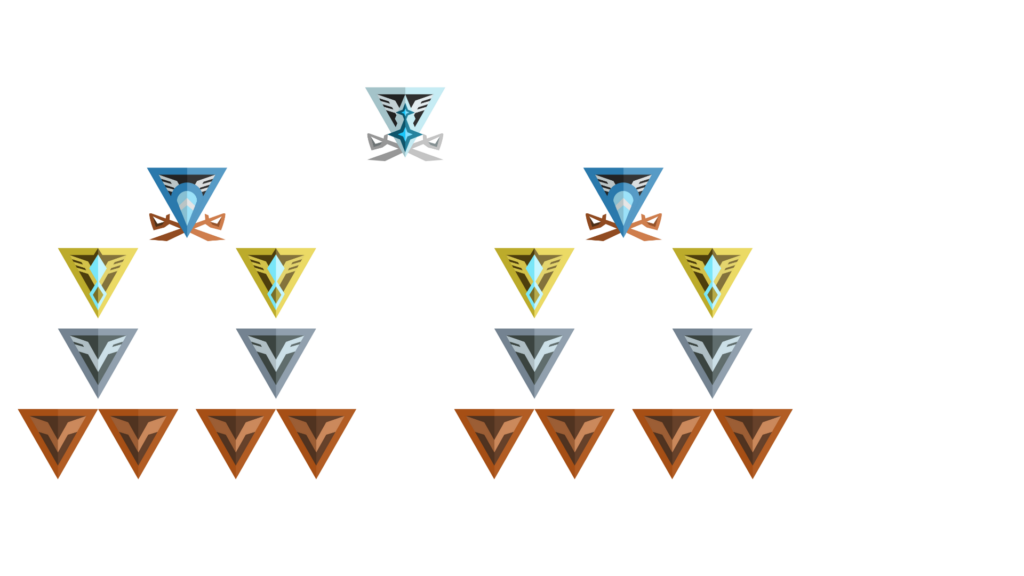
Strike Group Structure
Our structure is comprised of a ‘Strike Group’ which houses 19* commanders. Our findings are that the instance will start to break around 20, so the wing structure is based around that quantity. We break this down by command structure for ease of communication.
Officers’ Roles
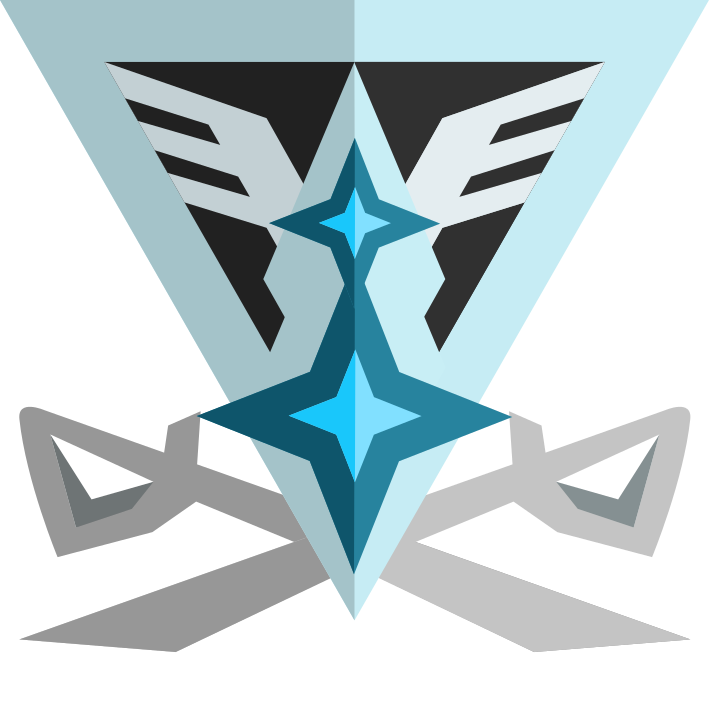 Colonel
Colonel
- Mission Commander leading the Strike Group, made up of two Assault Groups (4 Tactical Wings)
- Leads the overall formation and makes the major decisions regarding the flow of the operation achieving its objectives
- Pilots within a Command wing with Major and General Staff
Assault Group Structure
Assault Groups are the main branches of a Strike Group, each is comprised of two* Tactical Wings.
This allows for specialised Wings working together, excelling at their respective tasks.
For example; during a Maelstrom Rescue Operation one Assault Group might be tasked with Escort Duty
while the other Assault Group is tasked with Search and Rescue.
Officers’ Roles
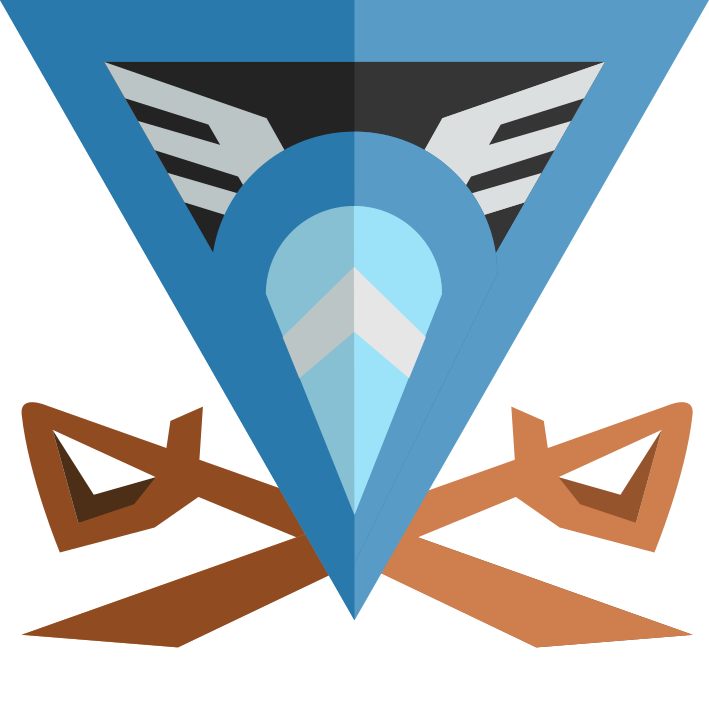 Major
Major
- Commander of one Assault Group; leads two* Tactical Wings
- When tasked by mission requirements or by direction from the Colonel, the Major uses their tactical judgement and knowledge of the mission requirements ensuring their Tactical Wings are achieving mission objectives
- Pilots within a Command Wing with Colonel and General Staff
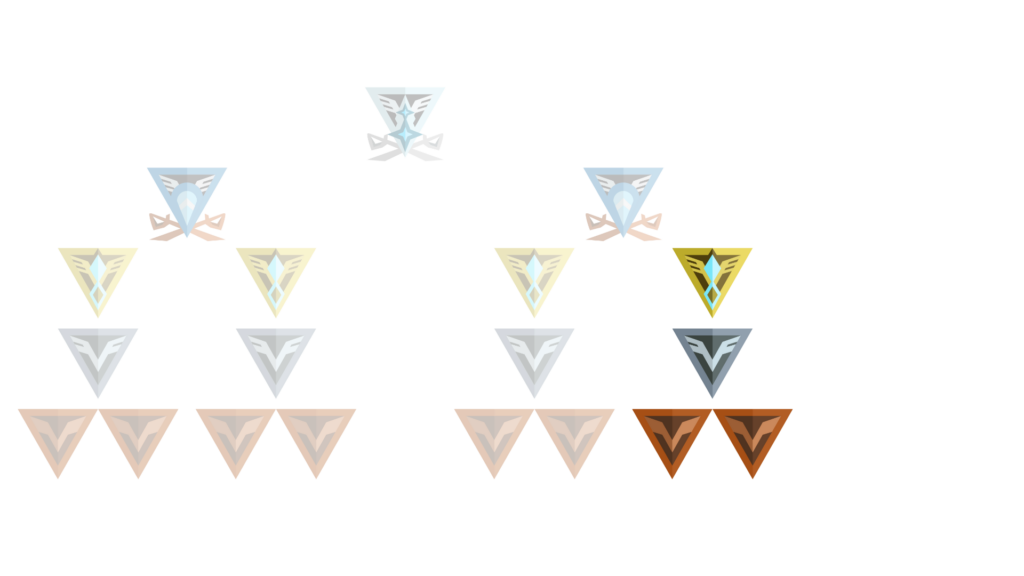
Tactical Wing Element
Tactical Wings are the backbone of any Operation.
Each Wing is made up of 4 Commanders. They focus on their given mission objectives.
In an event where the Wingleader decides to split their wing into teams; Team 1 will be Captain/Aviator and Team 2 will be Lieutenant/Aviator.
Officers’ Roles
 Captain
Captain
- Commander of a Tactical Wing (4 Wing Members)
- Tasked by echelon leader, typically a Major, sometimes an “Operation Leader”, will receive targets to engage and take the initiative, in the absence of orders, making command decisions on what to do with their formation
- Leads one Lieutenant and two Aviators
- Pilots within a Tactical Wing
 Lieutenant
Lieutenant
- 2nd In Command of a Tactical Wing (4 Wing Members)
- Takes accountability of Hull percentages and Ammo counts and relays to their Captain
- Objectively keeps the wing in a tight formation
- Leads two Aviators
- Pilots within a Tactical Wing
 Aviator
Aviator
- Junior Officer and is participating in operations in uniform and being a productive member of the team
- Focuses on mission targets
- Pilots within a Tactical Wing
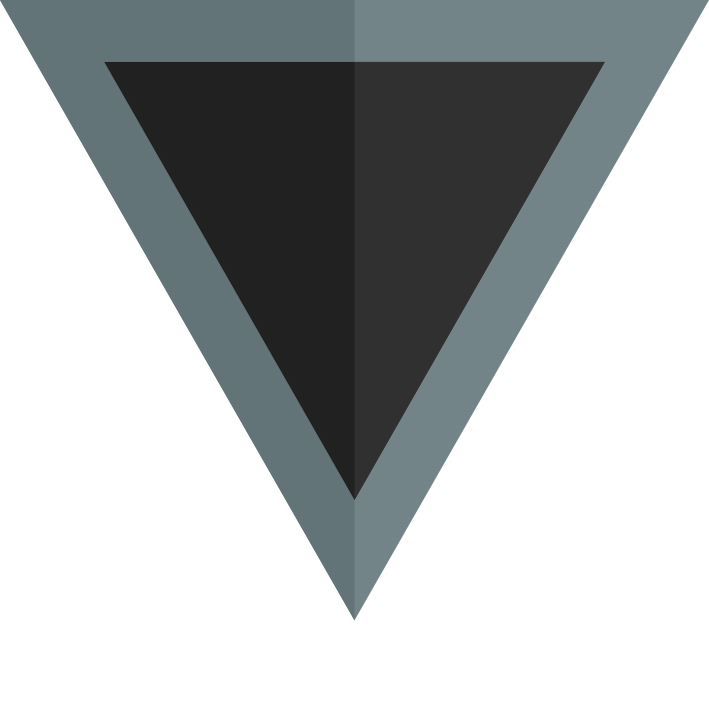 Learner
Learner
- New to the Community, may join Operations if adequately prepared
- Will be supervised by a Lieutenant wherever possible
- Learns XSF procedures and listens to active orders
- May pilot within a Tactical Wing

